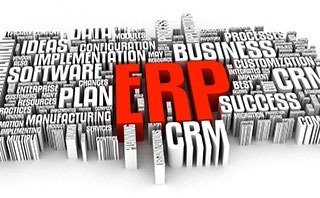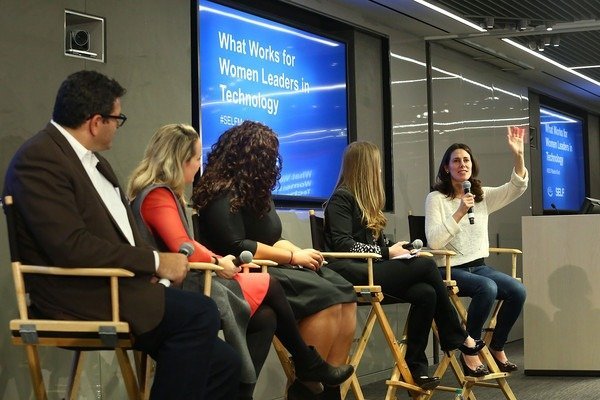 holding you back? Why did you stay so long? This year, make it a goal to follow your PASSION. I know the interview process is overwhelming sometimes, but won’t the end result be worth it? I love my job, and at this point in my career, I know it is exactly where I’m meant to be. But I wouldn’t have gotten here if I didn’t have my counselors help, the support of my parents, and doing A LOT of research on what kind of career I wanted to have and what goals I wanted to accomplish. These articles from Business Insider should help you create your New Years resolutions:
holding you back? Why did you stay so long? This year, make it a goal to follow your PASSION. I know the interview process is overwhelming sometimes, but won’t the end result be worth it? I love my job, and at this point in my career, I know it is exactly where I’m meant to be. But I wouldn’t have gotten here if I didn’t have my counselors help, the support of my parents, and doing A LOT of research on what kind of career I wanted to have and what goals I wanted to accomplish. These articles from Business Insider should help you create your New Years resolutions:- Save more money
- Almost half (49%) of respondents plan to put more of their paycheck into savings this year.
- Be less stressed
- About a third (38%) want to decrease their stress levels in 2017.
- Get a raise or promotion
- Another third (30%) would like to move a step up on the ladder over the next 12 months.
- Eat healthier at work
- More than a quarter (28%) plan to consume less junk food at the office.
- Learn something new
- Just over a half (26%) resolve to take more courses, training, or seminars in 2017.
How about for your New Years Resolution you make yourself, your work, and your year better than ever? Here are some ideas to help improve all of the above…
- Do your best, every single day. I think we’re all guilty of coming to work some days, exhausted, and just not giving it our all. This year, let’s change that. If you’re not putting your skills to use at work, maybe it’s time to find a new job opportunity. Do you know what’s expected of you at work? If not, find out.
- Give yourself more credit. People who receive praise for their work are more happy and productive, so give compliments at work, and you’ll get them back. Give yourself a pat on the back when you deserve it. Stop and assess your success after each project you complete.
- Do something for YOU every day. On your lunch break, go for a walk, get yourself some Starbucks, leave work a little early to do something you’re passionate about.
- Network. Make professional contacts and network; even if you’re shy! Try to find professional groups or meetings to go to monthly or quarterly. I joined the American Marketing Association when I moved to a new town, and met my now very best friends, as well as meeting great contacts for the future. You’ll definitely benefit from branching out and meeting new people too.
- Take yourself a little less seriously. Everyone loves a good laugh right? Especially when you’re having a tiring work day, don’t sweat the small stuff. Smile when employees are telling stories, enjoy their little quirks, take time to laugh – believe me, it will make the work day fly by.




 I recently read an article, “The Myth Women in Tech Need to Stop Believing,” on
I recently read an article, “The Myth Women in Tech Need to Stop Believing,” on 